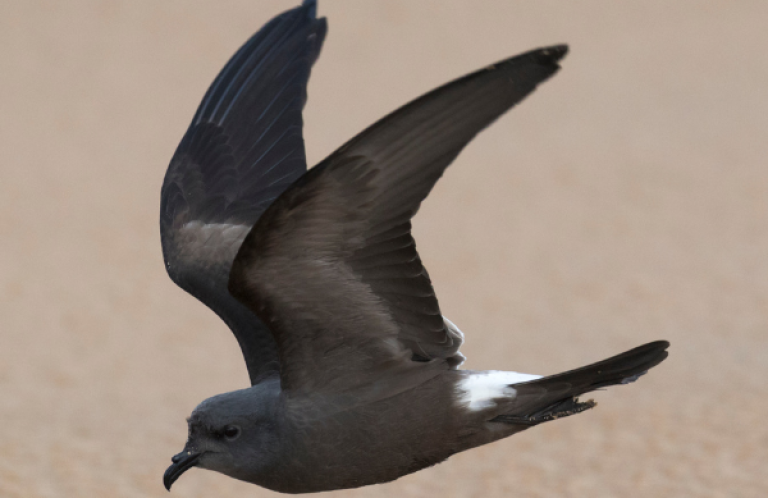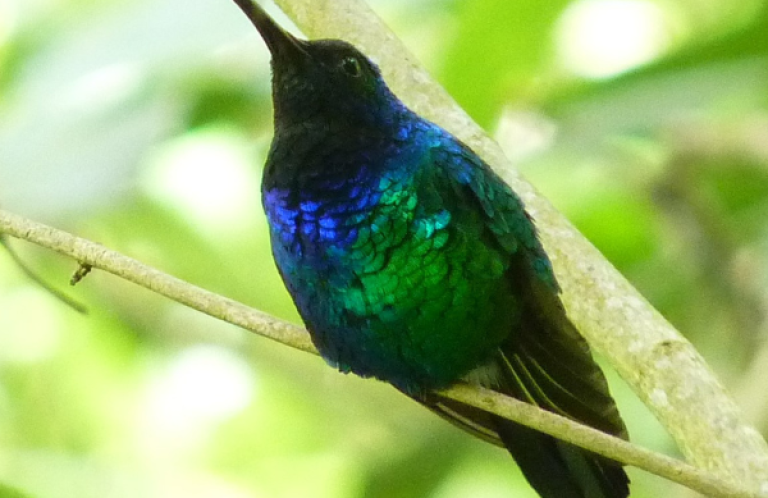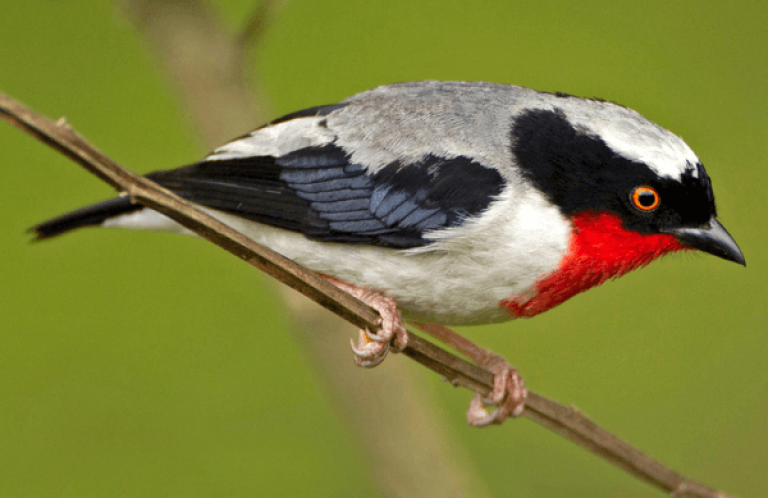Key U.S. Bird Migration Corridor Continues to be Target of Wind Industry
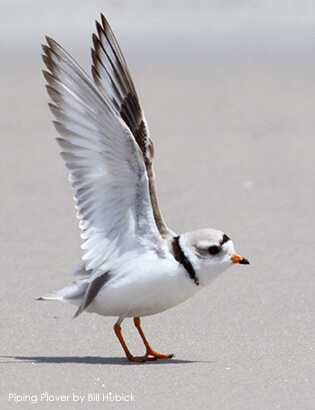 |
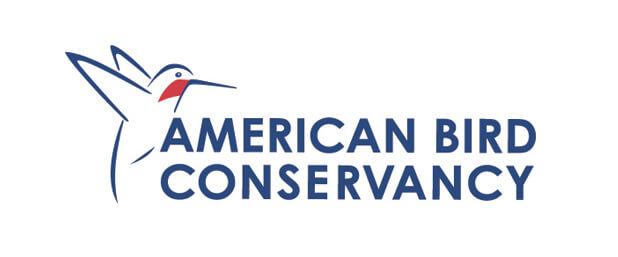 |  |
(Washington, D.C., April 11, 2014) Another new proposal to develop wind energy in a key U.S. bird migration corridor on Lake Erie has brought calls for the “Icebreaker” wind development project to be evaluated through a comprehensive review process that would better ensure reduced impacts to millions of birds that are known to frequent the area.
In an April 4 letter, the Washington, D.C.-based American Bird Conservancy (ABC) and the Ohio-based Black Swamp Bird Observatory (BSBO), voiced concerns about the project to Ohio Power Siting Board (OPSB) Chair Thomas Johnson.
The proposed new six-turbine “experimental” wind project, which is off the shores of Ohio, will include turbines more than 400 feet in height. It is one of three wind developments either proposed, approved, or under construction in an area widely recognized as one the most important areas for birds in the United States.
ABC and BSBO consider the location of the Icebreaker project, owned by LEEDCo, to pose risk to migrating songbirds, in particular, the federally endangered Kirtland's Warbler and Piping Plover, as well as migrating raptors, Bald Eagles, and waterfowl. ABC has created a Wind Development Bird Risk Map that shows the Lake Erie shoreline in Ohio is among the worst possible locations for a wind power project.
“… the south shore of Lake Erie is a major migration bottleneck for neotropical migrants flying north from Central and South America to breed in the boreal forests of Canada,” said the letter from Dr. Michael Hutchins, National Coordinator of ABC's Bird Smart Wind Energy Campaign, and BSBO's Executive Director Kimberly Kaufman.
“Bird movements in such areas, especially during adverse weather events, are more volatile and hence less predictable than they are on nesting or wintering grounds. As a result, there is a high likelihood of major mortality events involving federally protected birds associated with wind turbines in this area,” the letter said further.
According to Hutchins, “ABC and BSBO support responsible wind energy development, but only if it is Bird Smart. Bird Smart wind energy development is primarily about appropriate risk assessment during siting. The location of this facility in close proximity to the Lake Erie shoreline and the height of the proposed turbines could be a deadly combination for birds.”
A recent peer-reviewed study indicated that taller turbines, such as those proposed for Icebreaker, pose a greater danger to birds. In addition, while it is uncertain that locating wind energy development offshore poses less risk than onshore development, it is important to note that assessment of bird fatalities post-construction will be difficult, since the turbines are to be located over open water. Such assessments are critical for the enforcement of our nation's wildlife laws and for determining post-construction mitigation and compensation.
“When a wind development is proposed for Lake Erie—arguably Ohio's most precious natural resource, in a sensitive migration area where protected species occur, using taller, more deadly turbines—we believe that it warrants the most comprehensive pre-construction studies imaginable,” Kaufman says. “A desultory effort simply is not acceptable.”
The letter also referenced the recent passage of a resolution by the Ohio Senate to create a Bird Ohio Day (SR 287). The resolution recognizes the importance of Ohio as a key stopover for millions of migratory birds and the economic importance of birding to the state. Some 70,000 people visit northwest Ohio each year to view the migration and, in the process, inject $37 million into the state's economy.
ABC and BSBO were instrumental in successfully halting construction of a poorly sited, 198-foot-tall wind turbine at Camp Perry, an Air National Guard (ANG) facility in northern Ohio near the southern shore of Lake Erie. The groups led a petition campaign that acquired over 5,000 signatures in opposition to the project, which was being built in the middle of one of the most important migratory bottlenecks for birds in the United States. It is also adjacent to a wildlife refuge and has the highest density of Bald Eagles in the state of Ohio.
While ABC and BSBO hailed the Camp Perry decision, they have many of the same concerns regarding the Icebreaker facility. A recent study being referenced in efforts to advance the wind projects and which was conducted by the Ohio Department of Natural Resources raises additional concerns. The study found that there was a wide dispersal of birds during the day, which could preclude a blanket statement of “no risk” to birds from the project. In addition, the study did not address nocturnal movement, which is suspected of being of even greater concern. ABC and BSBO assert in their letter that an Environmental Impact Statement (EIS) should be conducted and permits acquired by LEEDCo, the developer, for the incidental take of protected species under the ESA, MBTA and, BGEPA.
“ABC and BSBO will be monitoring the situation closely and expect that all federal and state wildlife laws intended to protect our public trust resources will be followed to the letter,” Kaufman said.
ABC's efforts to establish Bird Smart wind energy in the U.S. are made possible in part by the generous support of the Leon Levy Foundation.





































